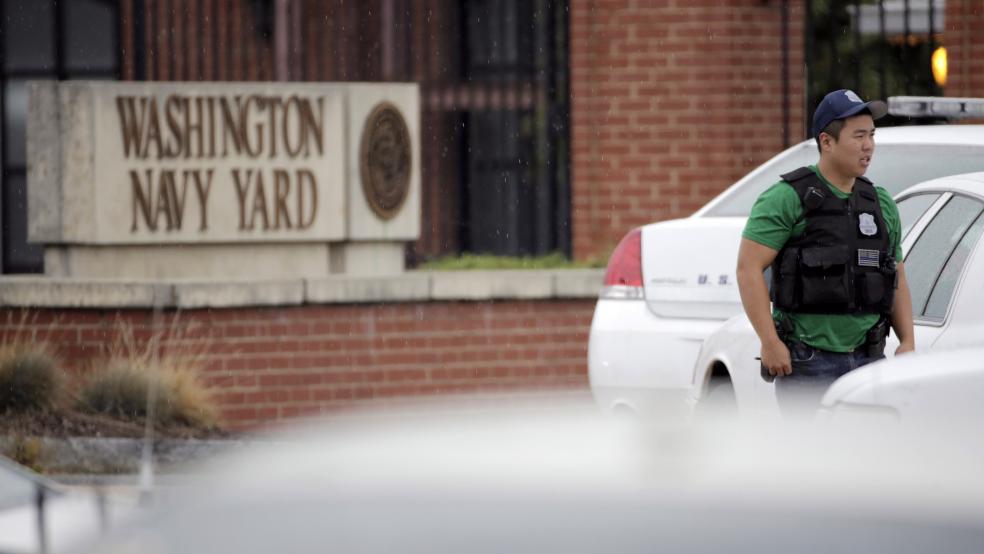Within the span of six months, two fatal shootings have rocked U.S. Navy bases. Both times, established security practices failed to prevent tragedy.
The more high-profile incident occurred last September at the Washington Navy Yard in D.C., where Aaron Alexis killed 12 people and wounded four after gaining access to the base with a security clearance despite mental illness and a record of arrests. That mass shooting led lawmakers and federal authorities to propose and implement changes to the background-check process in an effort to prevent similar attacks.
Related: Lifelong Pensions for Vets Could Be Whacked Under Pentagon Proposal
But even flawless background checks are only as good as the last line of defense: base security.
Just days after the Navy released its report on the shooting in Washington – which blamed the contractors responsible for Alexis’s background check – a sailor at a Naval station in Norfolk, Va., was shot and killed on Monday by a civilian who had spent time in prison for manslaughter and drugs.
The Naval Criminal Investigative Service said the alleged shooter, Jeffrey Tyrone Savage, 35, should not have been allowed on base, even though he showed what appeared to be a valid Transportation Worker Identity Credential issued by the Transportation Security Administration. The shooter, whose motive is not yet known, was eventually killed by security forces aboard the USS Mahan.
“The NCIS investigation has confirmed that Savage had no reason or authorization to be on Naval Station Norfolk,” NCIS said in a statement, adding that officials are looking into why the civilian was allowed access.
Related: Military Gateway to the Middle Class Is Vanishing
Some lawmakers have already called for a review of the ID cards such as the one used by Savage, since verifying the cards’ authenticity has proven difficult for base security personnel.
Top Reads from The Fiscal Times:
- How Putin Awoke NATO’s Sleeping Giant
- Holder and Mueller Spent $7.8 Million on Personal Travel
- Spies Like Us: The NSA Is Intrusive and Incompetent





